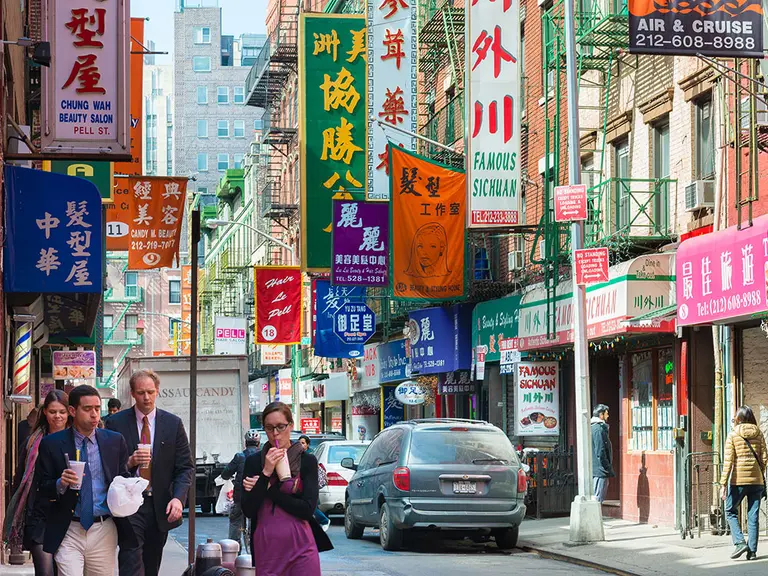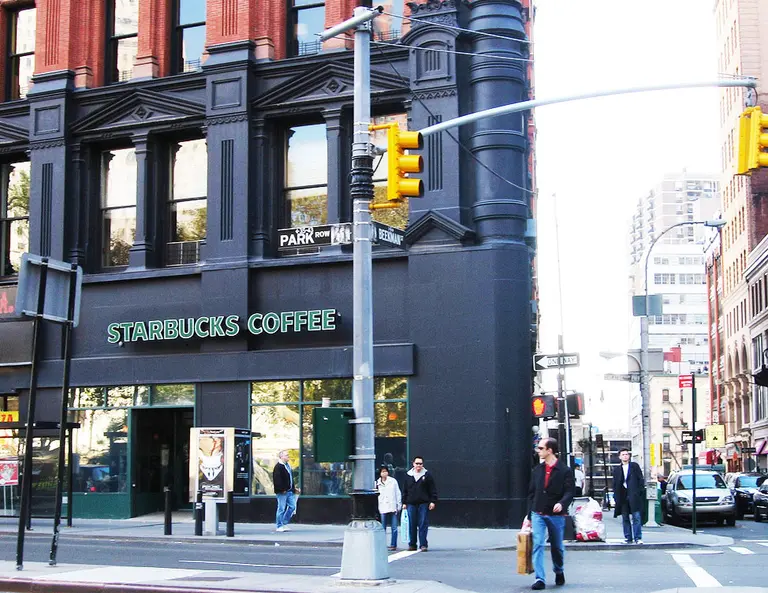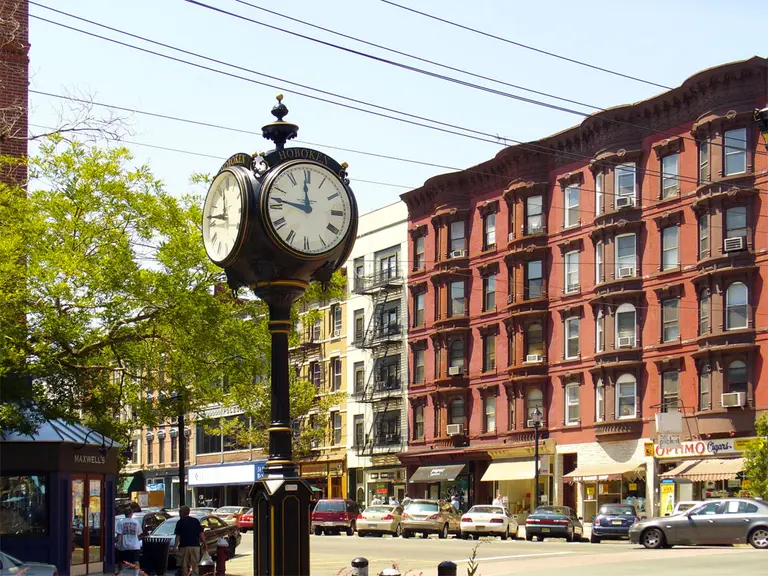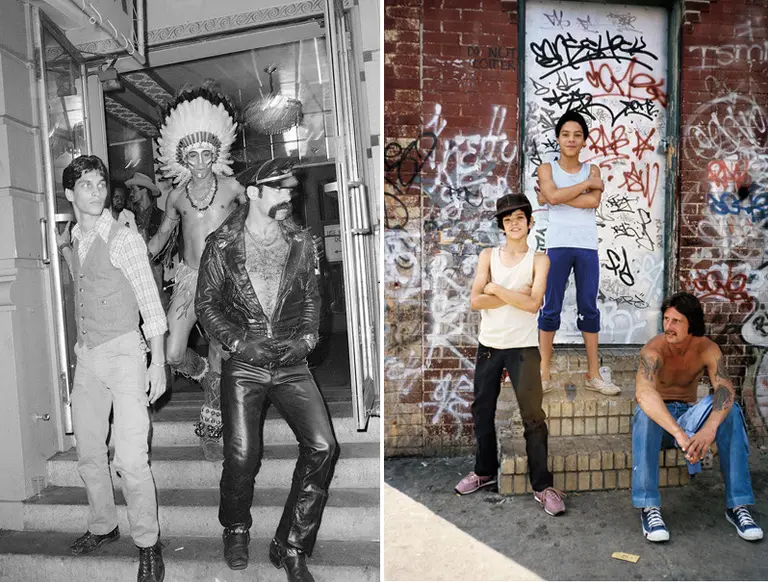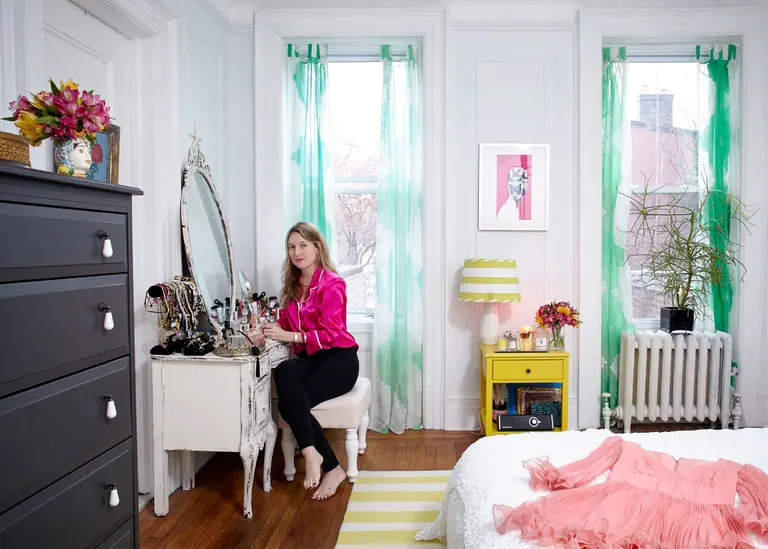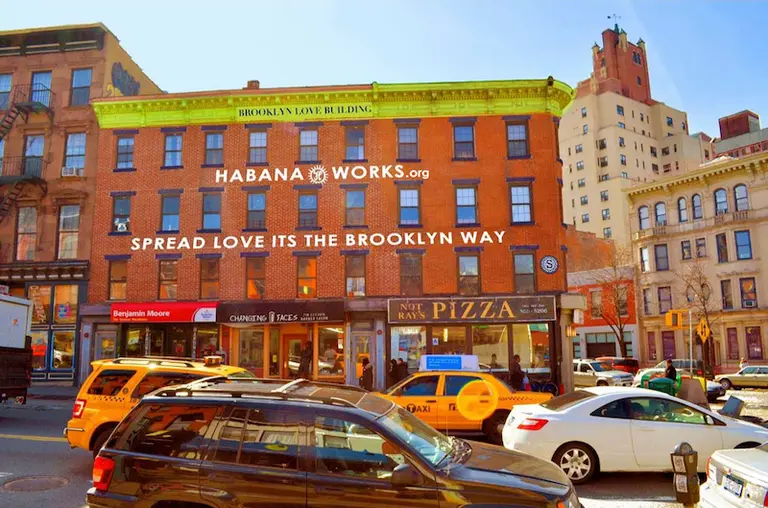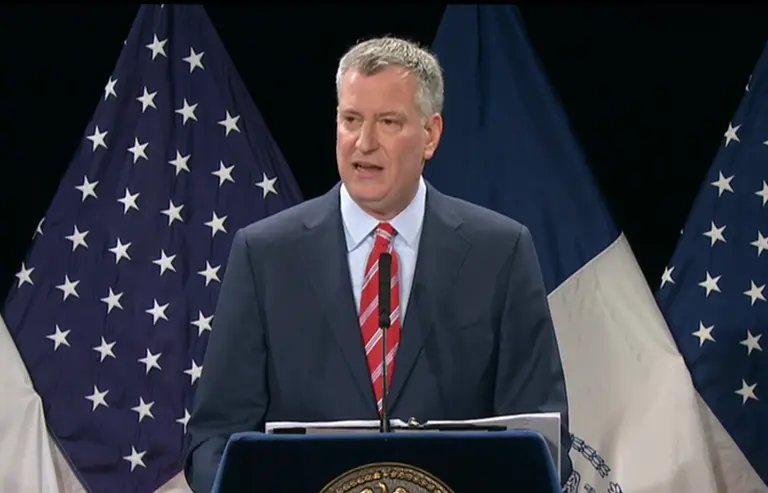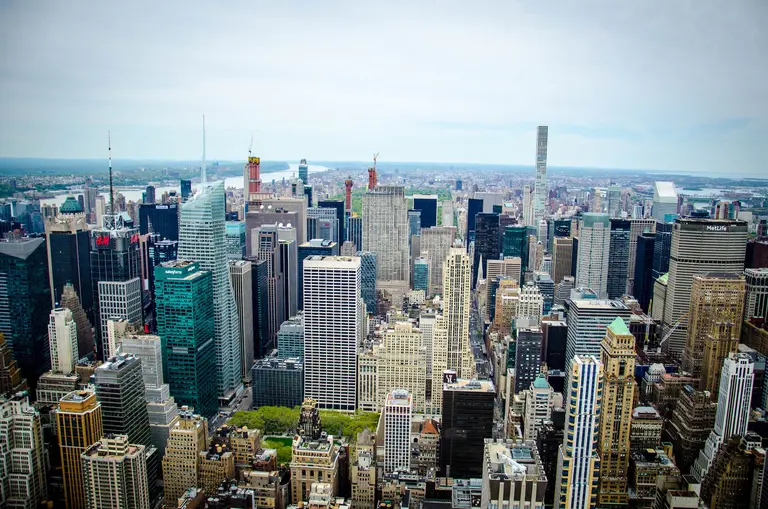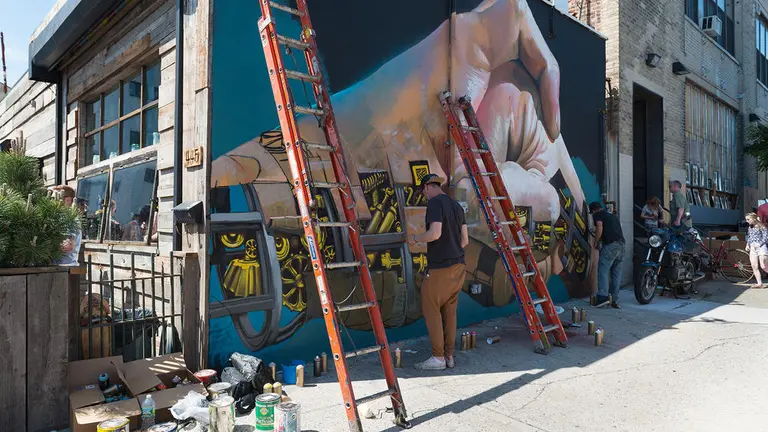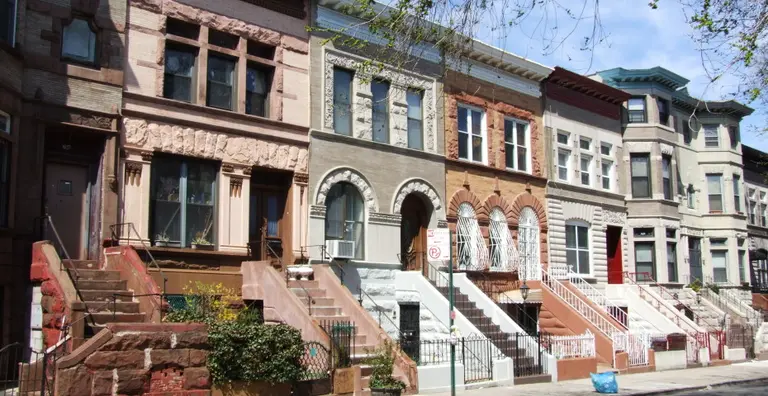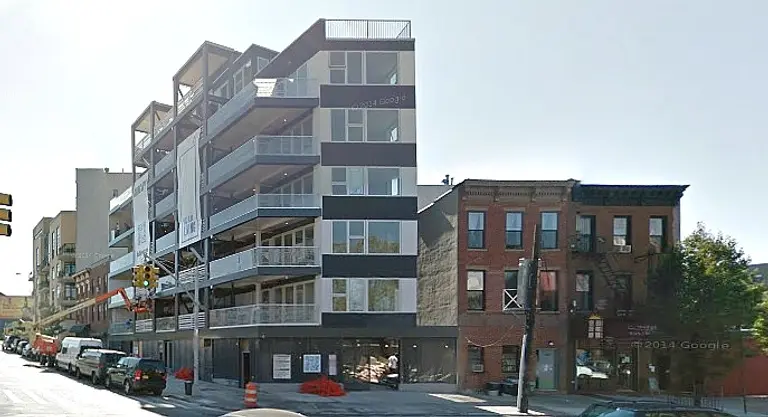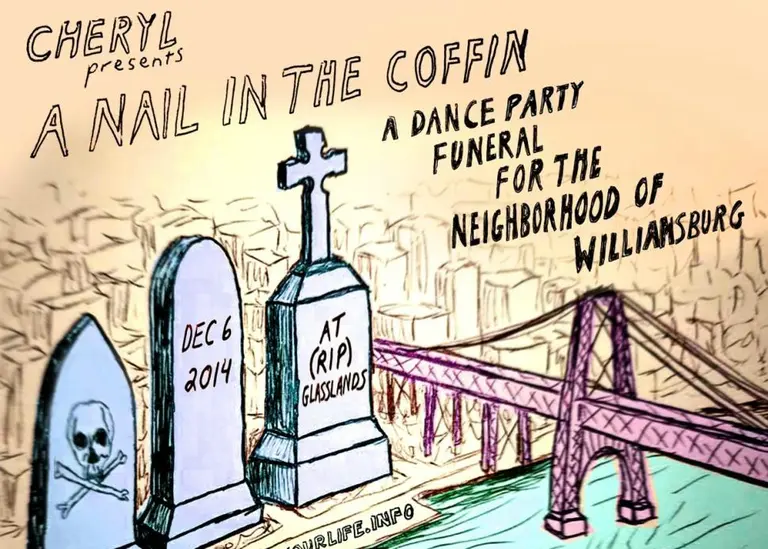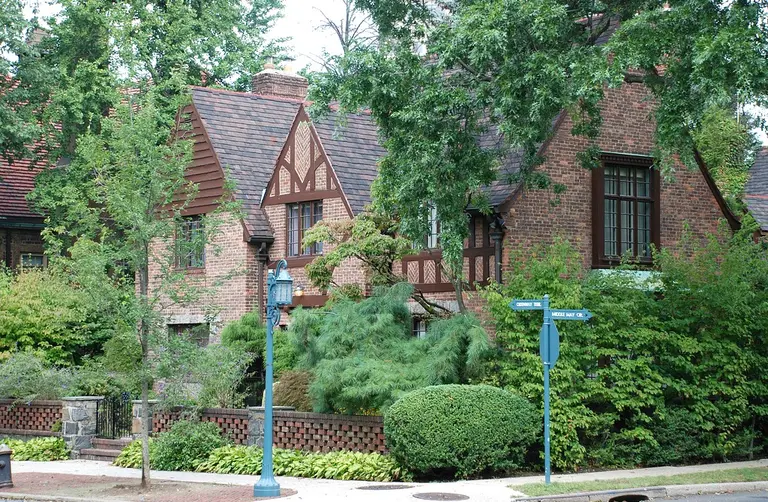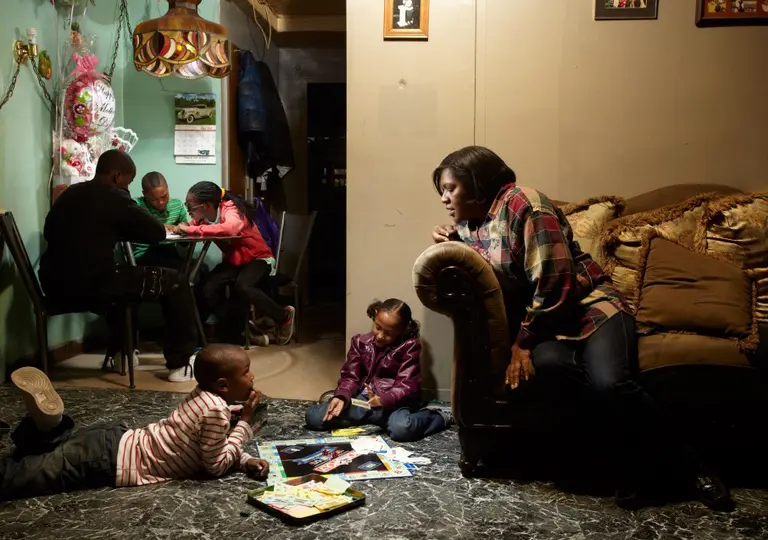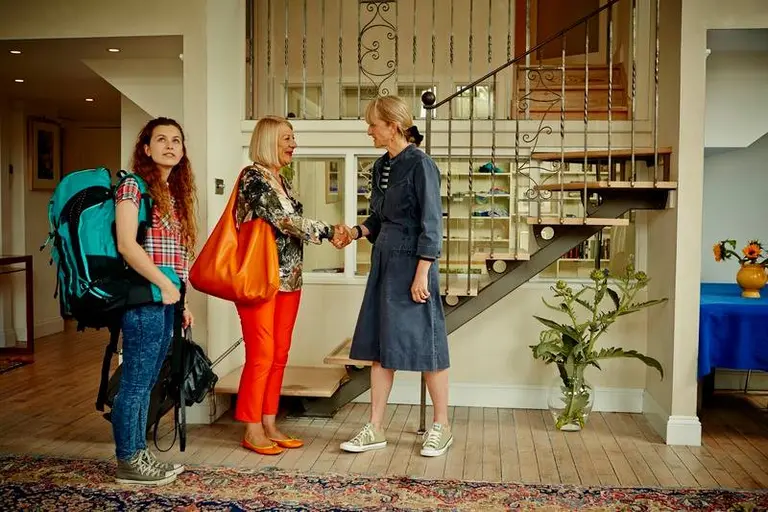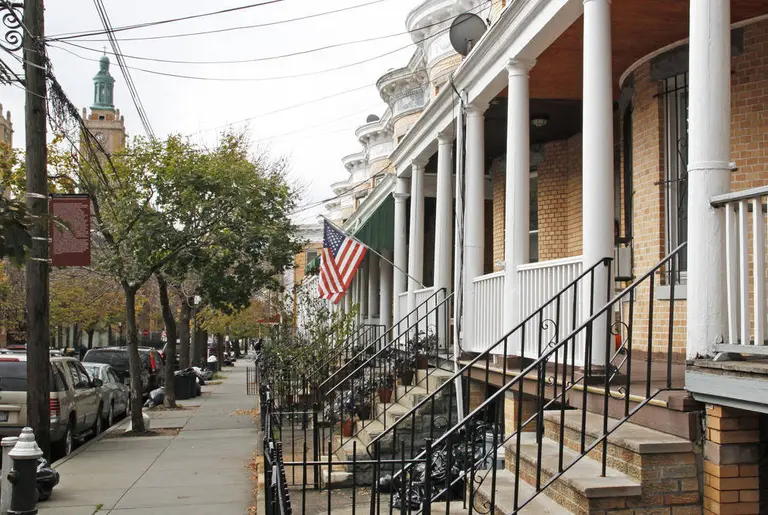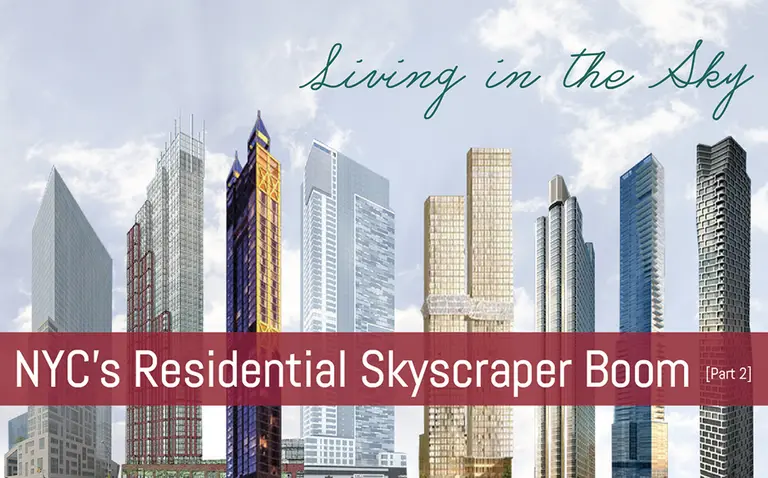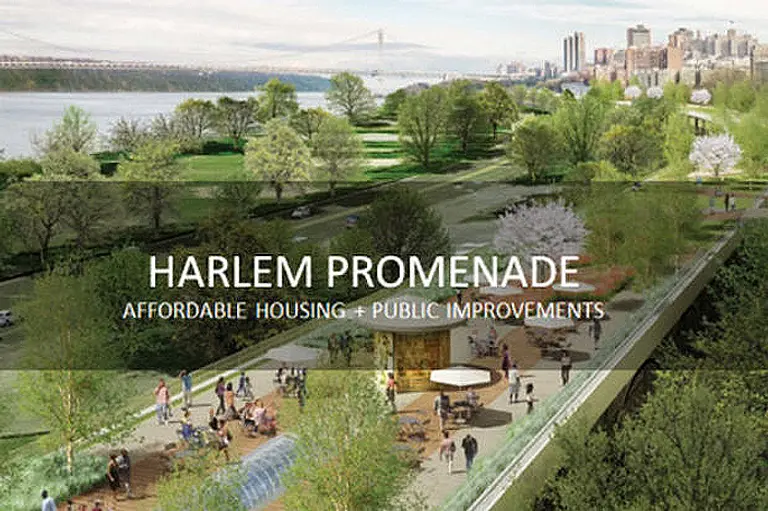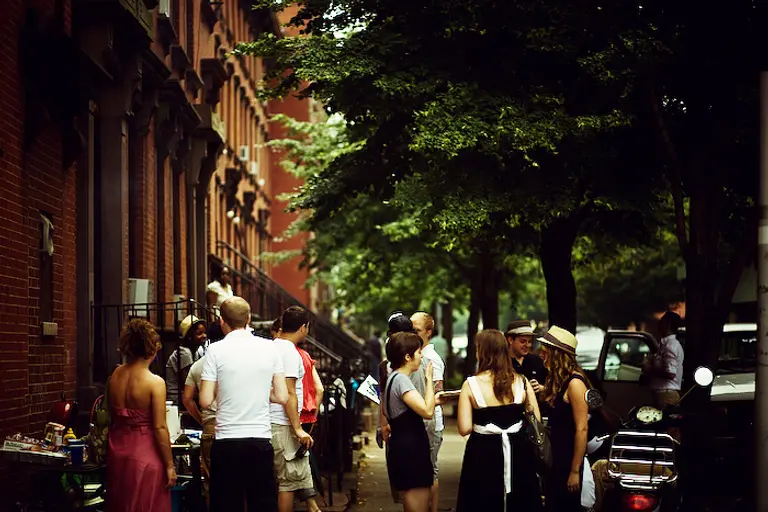January 29, 2015
Of Brooklyn's gentrifying neighborhoods, few have seen such rapid change as Bushwick. The neighborhood, which sits in the northern portion of the borough, running from Flushing Avenue to Broadway to Conway Street and the Cemetery of the Evergreens, has grown as a natural extension of Williamsburg—a haven for creatives and young folks looking for lower rents. But well before its trendy vibe put it on the map, Bushwick was a forested enclave originally settled by the Dutch—its name is derived from a Dutch word "Boswijck,"defined as “little town in the woods”—and later, German immigrants who began building breweries and factories.
Unfortunately, as the breweries along Brewer’s Row and factories closed and farms disappeared, derelict buildings and crime took hold—with the looting, arson and rioting after the city’s blackout during the summer of 1977 playing a starring role. According to the New York Times, "In a five-year period in the late 1960s and early 70s, the Bushwick neighborhood was transformed from a neatly maintained community of wood houses into what often approached a no man's land of abandoned buildings, empty lots, drugs and arson.”
More on Bushwick's past... and present
